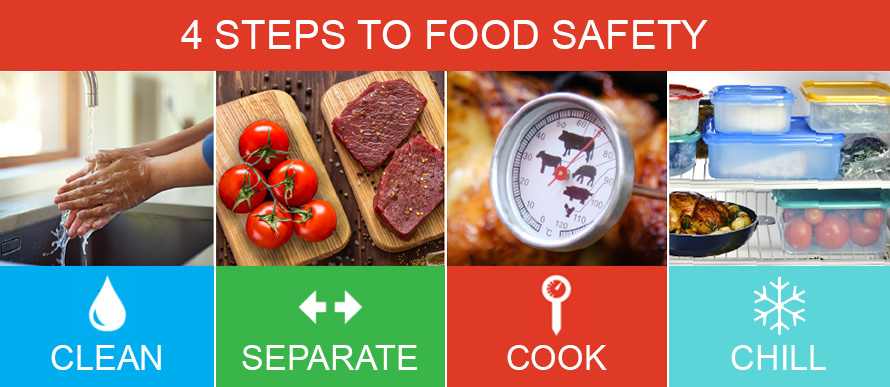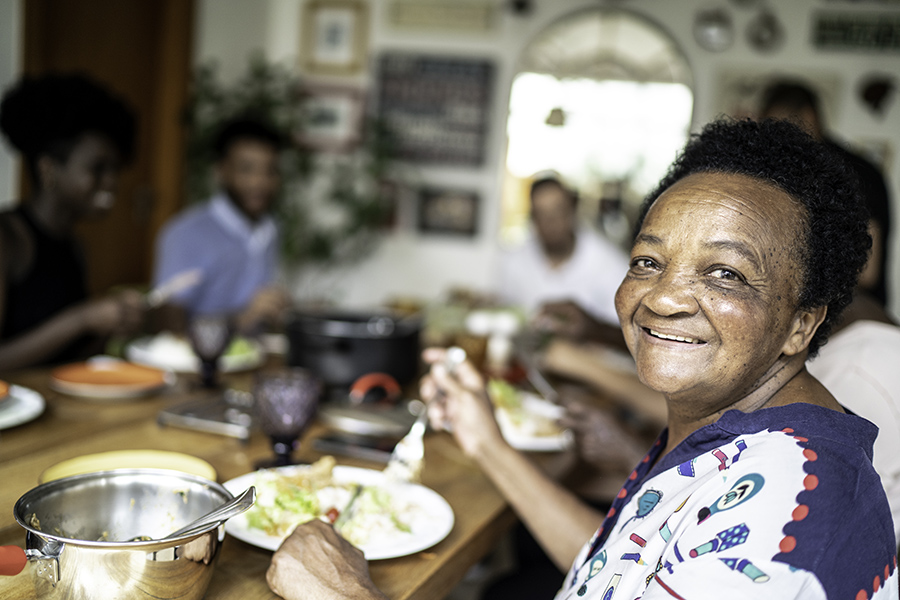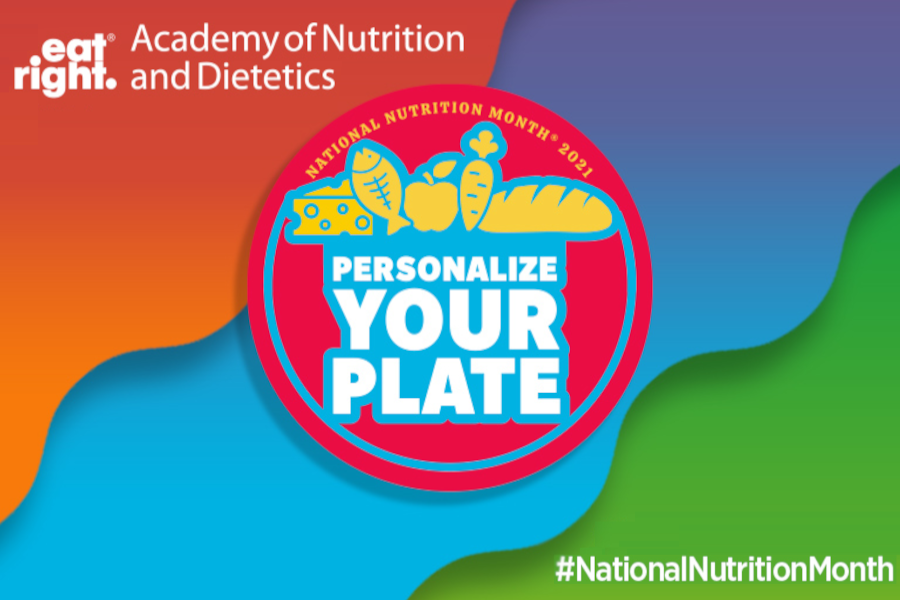Food poisoning is more than an inconvenience: it can cause serious illness and long-term health consequences, including death. Foodborne illness will sicken 1 in 6 Americans this year alone (approx. 48 million people). Nearly 130,000 Americans will require hospitalization from contaminated food, and 3,000 will die. While anyone is at risk of severe illness, people in high-risk groups are more likely to suffer complications and long-term damage.
Who is at High Risk for Complications?
1. Older Adults
Adults age 65 and older are at a higher risk for hospitalization and death from food poisoning. Older adults are more susceptible because our organs and body systems change as we age. The gastrointestinal tract holds onto food for a longer period of time, allowing bacteria to grow. The liver and kidneys become less efficient at ridding the body of foreign bacteria and toxins. While stomach acidity helps to reduce the number of bacteria in our intestinal tract, stomachs in older adults can produce less acid.
Finally, underlying chronic conditions which are more common in older adults, such as diabetes and cancer, can increase a person’s risk of contracting severe foodborne illness.
2. Those with Weakened Immune Systems
People with weakened immune systems are more susceptible to food poisoning. This includes people with complex or chronic medical needs; autoimmune diseases, such as diabetes, multiple sclerosis, lupus, thyroid-related diseases (Graves, Hashimoto’s), inflammatory bowel disease, vasculitis, celiac disease and many others; liver or kidney disease; HIV/AIDS; organ transplants; and people receiving chemotherapy or radiation therapy.
People with weakened immune systems are more likely to suffer lengthier illness, undergo hospitalization, or even die from food poisoning.
3. Children Under Five
Children under five years old are at an increased risk for food poisoning and complications because their immune systems are still developing. Young children with developing immune systems can’t fight off infections as well as adults. In addition, young children produce less stomach acid, making it easier for them to contract foodborne illness. Stomach acid kills harmful bacteria.
Food poisoning can be particularly dangerous for young children because of their increased dehydration risk. Since children’s bodies are small, they can quickly lose a lot of body fluid from vomiting or diarrhea, or both.
4. Those who are Pregnant
A pregnant person’s immune system goes through a host of changes to accomodate the fetus. This places those who are pregnant, their unborn children, and their newborns at increased risk of food poisoning. These illnesses can be worse during pregnancy and may lead to miscarriage or premature delivery. Some foodborne illnesses, such as Listeria and Toxoplasma gondii, can infect the fetus even if the mother does not feel sick and are particularly dangerous to an unborn baby. This is why doctors provide specific guidelines to pregnant folks about foods that they should and should not eat.
What Are Food Poisoning Complications?
High-risk groups are particularly vulnerable to food poisoning complications, which can include:
- Dehydration: Dehydration can be fatal if not treated.
- Kidney damage: E. coli bacteria can lead to hemolytic uremic syndrome and kidney failure.
- Arthritis: Salmonella and campylobacter bacteria can cause chronic arthritis and joint damage.
- Brain damage: Some bacteria or viruses can cause meningitis, an infection of the brain.
- Miscarriage or stillbirth: Listeria infection is especially dangerous for unborn babies and can cause neurological damage and death.
- Death: In severe cases, food poisoning can be fatal, especially for people who are in high-risk groups.
Types of Food Poisoning
Although we tend to think of food poisoning as one illness, there are more than 250 types of food poisoning. Some of the most common germs and parasites that cause food poisoning are:
- E. coli: Usually found in undercooked meat and raw vegetables. Especially dangerous in young children.
- Listeria: Bacteria in soft cheeses, deli meats, and raw sprouts. Especially dangerous for pregnant women.
- Norovirus: Found in undercooked shellfish, or by consuming food that a sick person prepared.
- Salmonella: Commonly found in raw eggs and undercooked poultry. Responsible for the highest number of hospitalizations and deaths from food poisoning.
- Staphylococcus aureus (staph): Not limited to food type; this infection occurs when people transfer staph bacteria from their hands to food.
- Clostridium perfringens: Found on raw meat or poultry. Can cause gastrointestinal (GI) symptoms (nausea, vomiting, abdominal pains, and diarrhea) within 6-24 hours, lasting anywhere from 1-2 days to a few weeks.
- Campylobacter: Usually found in poorly processed meats or contaminated vegetables, milk, or water. Produces severe GI upset that can linger for weeks but is rarely fatal.
- Trichinella spiralis: A worm found in raw or undercooked meats, particularly pork products.
Other common causes of food poisoning include cryptosporidium (a parasite) and streptococcus.
How to Prevent Food Poisoning
Help keep yourself and your loved ones safe from food poisoning at home by following these four simple steps:
 Clean
Clean
Always wash your food, hands, counters, and cooking tools.
- Wash hands in warm soapy water for at least 20 seconds. Do this before and after touching food.
- Wash your cutting boards, dishes, forks, spoons, knives, and counter tops with hot soapy water. Do this after working with each food item.
- Rinse fruits and veggies.
- Do not wash meat, poultry, fish, or eggs. If water splashes from the sink in the process of washing, it can spread bacteria.
- Clean the lids on canned goods before opening.
 Separate
Separate
Keep raw foods to themselves. Germs can spread from one food to another.
- Keep raw meat, poultry, seafood, and eggs away from other foods. Do this in your shopping cart, bags, and fridge.
- Do not reuse marinades used on raw foods unless you bring them to a boil first.
- Use a special cutting board or plate for raw foods only.
 Cook
Cook
Foods need to get hot and stay hot. Heat kills germs.
- Cook to safe temperatures:
- Beef, Pork, Lamb 145 °F
- Fish 145 °F
- Ground Beef, Pork, Lamb 160 °F
- Turkey, Chicken, Duck 165 °F
- Use a food thermometer to make sure that food is done. You can’t always tell by looking.
 Chill
Chill
Put food in the fridge right away.
- 2-Hour Rule: Put foods in the fridge or freezer within 2 hours after cooking or buying from the store. Do this within 1 hour if it is 90 degrees or hotter outside.
- Never thaw food by simply taking it out of the fridge and leaving it on the counter. Thaw food:
- In the fridge
- Under cold water
- In the microwave
- Marinate foods in the fridge.

Graphic provided by the Centers for Disease Control and Prevention
Sources include:
- U.S. Food and Drug Administration: Food Safety at Home
- CDC: Four Steps to Food Safety
- Foodsafety.gov: 4 Steps to Food Safety
- Foodsafety.gov: People at Risk
























